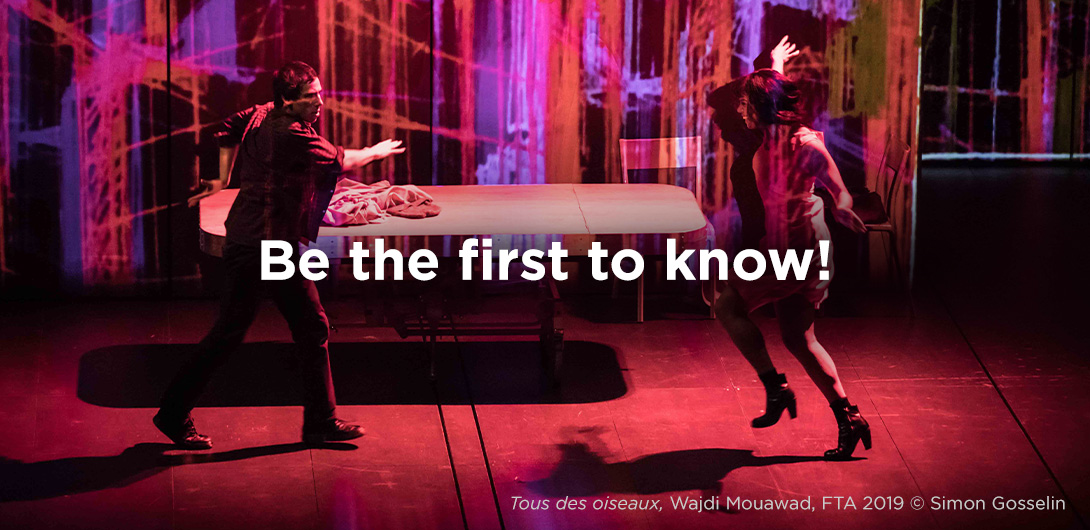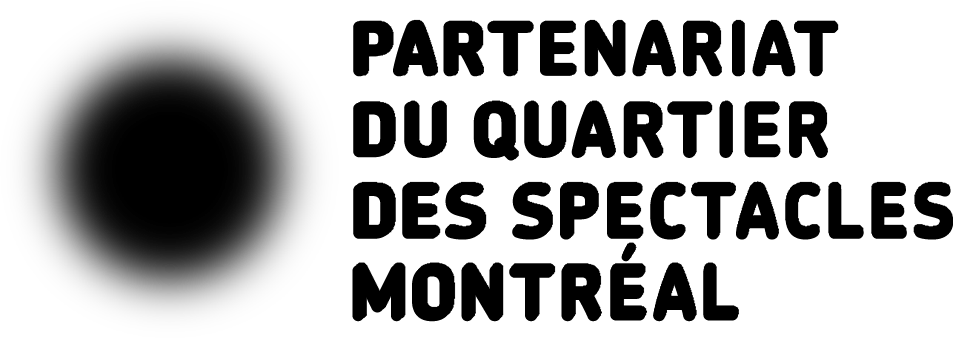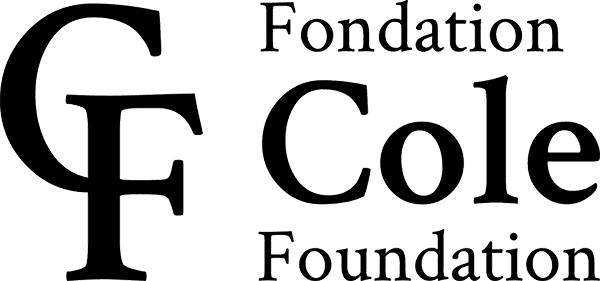What is the role of the senses in Weathering?
I’m really fascinated by our senses and perceptions, how we create meaning, and the relationship between audition and vision, and how this is such a strong collaboration to create what we believe is happening. Oftentimes, it’s not the whole picture, it’s not entirely accurate, or it’s based on a lot of our assumptions about what’s happening in reality. I was interested in creating a soundscape that would pull those things apart so that you could feel and question, ‘whose body is this? Is this my body, is this a body near me, is this a body of the performer?’ – that would confuse some of our delineations of how we decide that things are very separate. And I was thinking a lot about this idea of being a body that is weathering, as opposed to being inside a weather system. We’re not just in a system coming on to us, that with every breath, with every piss, we are a part of it completely.
I really wanted this to be multisensorial and to take us on a journey – again, with some of these perceptual dissonances. Sometimes there’s a smell, like a lavender-y smell that’s quite lovely and then what you’re seeing is quite extreme. There’s a smoky, kind of barbecue smell at one point, so I knew that I wanted there to be this kind of ritual sense… kind of a topography or range that we wanted to hit, with the more earthy or raunchy to the very sweet, also citrus, like, someone’s peeling an orange, the heat and the smell from their bodies, there’s herbs, so there’s also someone rubbing herbs inside the piece, there’s eucalyptus, mint; powder. Some of the things are not so strong as a smell but they have an association that’s quite strong with that sense, so I think you see them and imagine the smell, maybe.
Is Weathering a kind of ritual?
In some ways, yes. Here’s really a question in the work around ‘why does it matter to sensitize?’ What happens if we slow everything down and are able to be with every little detail? The chant in the beginning is this kind of resonant body scan, and it’s posing the body right away, as not just your liver and your fingernail but as the underwater sea cables as the things that have extended our body through time and space. With the pacing of the work, the time it takes, the “thick time” it creates, the audiences really does have to go through something somatically to meet the work.
It’s more intense of a ritual for the performer. They are, for lack of better words, like the priests and the priestesses of the thing, holding it. I think of it as a plume, as an atmosphere you’re inside of, as a skin that’s growing towards you that you’re in already, so I think the ritual might be to sensitize you to the reality that you’re in it already, that you were already a part of it.
At times, the work takes on an almost epic quality.
I’m interested in what we monumentalize, what gets monumentalized and why. There is indirect reference to these epic art historical moments – Théodore Géricault to Carole Schneemann’s Meat Joy, you know – but there’s no direct attempt at any reference. I think of the whole piece as a sculpture. I think that the images of bodies that we’ve absorbed, images and monuments of our stories, they’re just in us all. At this point, we might see more pictures of people on social media or on media, than we see live bodies of people. And we are in these repetitions as humans – we’re in these spirals in time repeating certain sublime moments and horrors. In Weathering I’m really interested in this situation of indeterminacy, of the moments we don’t monumentalize, in the selfies we delete. While watching the work you might think you’re sure that the image is sexual, and then it becomes something else, or it becomes many other things, or the next time it rotates around you say, ‘Oh, I thought they were doing that, but now they’re doing this.’ I think that unfixedness feels like a rebellion, in a way, to how fixed I think identity can feel, how much we’re being represented, or representing, in so many closed narratives.
How do sex and violence co-exist in the performance?
To build a foundational study for the work I worked with an intimacy coordinator who helps choreograph sex scenes in films, and then I also worked with a fight coordinator. I am really interested in the moments where with desire, erotic desire, it’s almost as if some other force moves through you to another body, it comes through, it takes you over and you’re inside this energy. And similarly, with the violent act, there is something in you that becomes so big, it comes out and wants to impact, change and control, and maybe even be cared for or seen , in some strange way, by another body. We reach inside other bodies and our imagined borders blur. When you watch Weathering now this underlying fight/sex choreography is much more blurry and not so direct but their technology – the breath, heat and pull of those acts are like currents in the work, along with many other images where control is lost in some way, or we are grabbing for control but it is sliding away from us.










